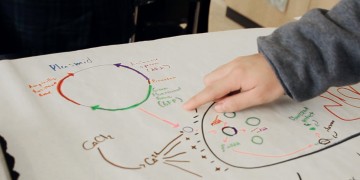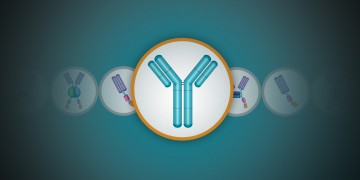
Design for Learning: Developing Curricula for Instructional Lab Kits

Top Stories of 2015 — Bioradiations Year in Review

In Pursuit of (Ig) Nobility: The Ig Nobel Prize

What Academic Researchers Can Learn from Small Biotechs about Antibody Validation

Trends in Antibody Generation Techniques — the Fully Synthetic Human Combinatorial Antibody Library (HuCAL®) Technology

CRISPR: The Hopes, the Fears, and the Biology

The Youth Factor: It’s in Your Blood

Get Published! 10 Tips for Getting Published Successfully

Next Generation Computers: Transforming Cells into Autonomous Computing Devices


